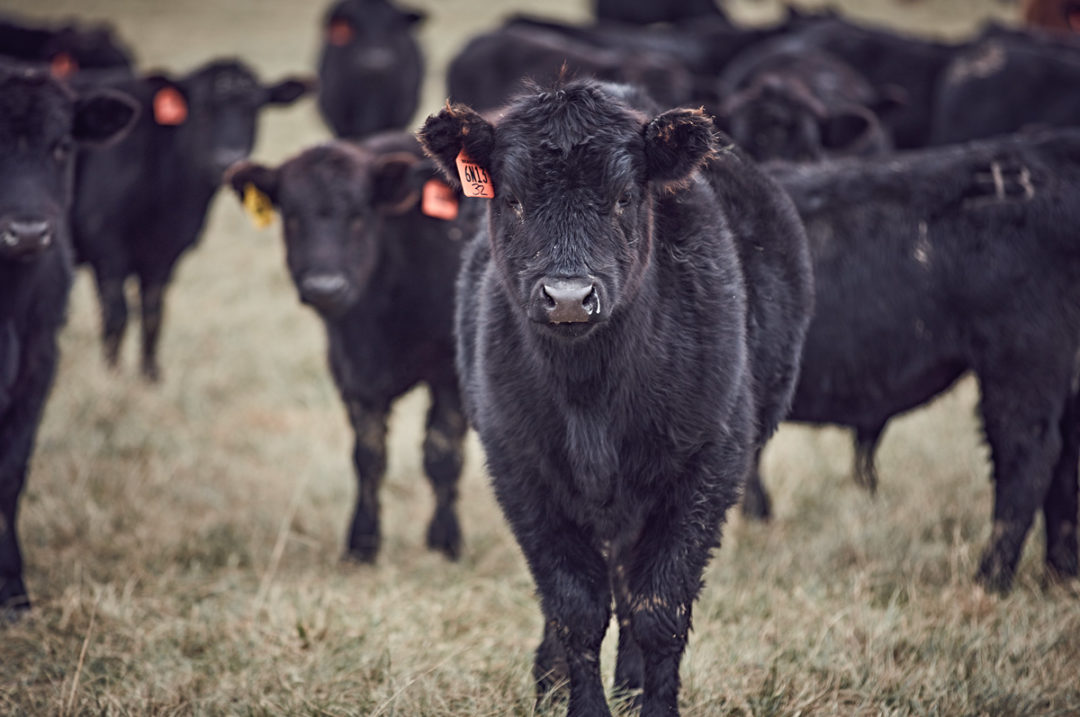When it comes to bovine respiratory disease (BRD), not every calf will require treatment, but some calves will need an antibiotic to help them overcome the illness. In those instances, it can be extremely difficult to determine if a sick calf may need a second round of treatment or if the antibiotic should be allowed a few more days to help treat the infection.
Post-treatment intervals
After administering an antibiotic, producers and veterinarians are hoping to see noticeable improvement within a few days. If we’re not seeing marked improvement, then we have to ask, “At what point should we re-treat this animal, and when is it safe to do so?”
The term “post-treatment interval” (PTI) is used to describe the time that’s required to pass before an animal is eligible for an additional treatment. The appropriate PTI is dependent on the unique circumstances of your operation and will vary based on product choice and other factors.
A recent trial on calves given gamithromycin, an antibiotic used to treat BRD, found that a six- to nine-day PTI resulted in the best health outcomes for calves infected with BRD, and this six- to nine-day window gives producers some space to make the right decisions, based on their cattle. For example, some operations are going to have cattle that are at higher risk, so the PTI may be closer to six days – while operations raising large cattle could push the PTI out to nine days.
 All farm employees should be trained to identify the clinical signs of BRD. Photo courtesy of Boehringer Ingelheim.
All farm employees should be trained to identify the clinical signs of BRD. Photo courtesy of Boehringer Ingelheim. A veterinarian is an invaluable resource when it comes to antibiotic retreatment intervals, and I recommend working closely with your local veterinarian to design a comprehensive BRD treatment plan. And although it may take some effort to determine the optimum PTI, it’s important to get it right.
Every retreatment for BRD not only puts additional stress on calves, it also reduces profit margins due to the extra antibiotic and labor costs. On the other hand, waiting too long to re-treat calves that need an additional dose can increase fatalities.
As an industry, we must also be thoughtful about our antibiotic use. We want to avoid giving too many antibiotics too quickly or too frequently. If you feel the need to re-treat, take a step back, examine the situation, and consult your veterinarian. Even if an animal isn’t showing immediate improvement, it’s likely that the antibiotic is at the site of infection, continuing to work.
Increase chances of first-treatment success
Treatment is often a necessary part of managing BRD, but it’s important to remember that medicine is not a replacement for good management. There are steps we can take to set calves up for success, and ultimately help to avoid the need for retreatment.
1. Prioritize recordkeeping. Before we can dive into evaluating product efficacy and extending PTIs, we need to have a reference point, and that reference point comes from keeping good herd health records.
Recordkeeping communicates an animal’s treatment status to anyone working on the operation and ensures proper withdrawal times are followed. It also tracks treatment outcomes and identifies chronically sick calves. If you have accurate data, it’s easier to see what’s working and what needs to be changed.
2. Take a holistic approach to management. We want to put our calves in the best position possible to fight the infection and respond to treatment. In order to do so, we have to be thinking about all aspects of their experience. Focus on the following:
- Provide clean, dry bedding in draft-free space, and shield cattle from harsh weather conditions.
- Limit the housing of immune-naïve calves in the same building as older animals.
- Maintain good ventilation to reduce airborne pathogens and dust.
- Work with a veterinarian to implement a deworming protocol for parasite control.
- Practice low-stress handling to ensure the moving process goes smoothly for both producers and cattle.
- Consider screening incoming calves for bovine viral diarrhea virus (BVDV) and remove persistently infected calves from the herd.
- Ensure cattle are well fed with a properly balanced and highly nutritious diet. This is necessary for healthy immune function and proper growth.
3. Establish a diagnostic strategy. Although we can’t completely avoid BRD, early detection and intervention can work to reduce some of the long-term challenges associated with the disease. Early diagnosis is essential to getting calves back on track sooner and can work to increase the chances of treatment success.
All farm employees should be trained to identify the clinical signs of BRD, but producers shouldn’t rely solely on farmworkers to raise alarm or identify sick animals. Although a presumptive diagnosis can be made based on the clinical signs of infection, I recommend reaching out to your veterinarian for help building a more comprehensive diagnostic strategy.

The signs of BRD may vary, depending on the specific pathogen involved, so your veterinarian may want to do some diagnostic tests. This could include a nasal swab, blood test, thoracic ultrasound or even a necropsy. These tests can identify the specific BRD-causing pathogen and help inform your product decision and treatment protocol.
4. Choose an effective treatment. If possible, use an antibiotic known to treat all major BRD-causing pathogens, including Mannheimia haemolytica, Pasteurella multocida, Histophilus somniband Mycoplasma bovis. An effective treatment should provide calves with a rapid response to minimize lung damage. Look for an antibiotic that is fast acting and long lasting to give them the best chance of recovery.
Remember that following the label is an essential part of successful treatment. Product labels contain important information, such as the correct route of administration and the right dose needed, based on the animal’s weight.
Don’t fall into the “pull, treat, repeat” cycle when it comes to managing BRD. Instead, work with your veterinarian to extend those post-treatment intervals and improve treatment success without compromising animal health.











